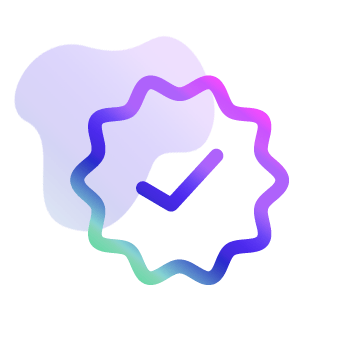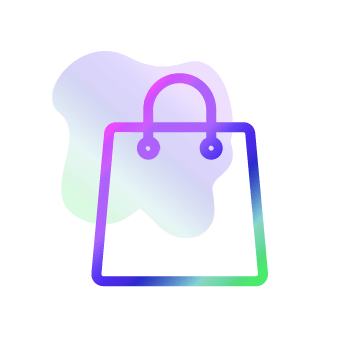My Approach
Focus on You

You’re Enough
Fundamentally, you’re enough as you are. I help you accept your present situation as is.

Empowerment
I can help you understand how you’re the creator of your own life and always have been.

Your Priorities
I focus on what’s the most important to You, today.

Workable Action
I give practices or suggestions tailored to what suits your lifestyle and work ethic.
My Philosophy

The Baggage of Karma
Most of our life experiences have been created by ourselves – this is our karma. To be clear the collective karma (on the level of country, family, company etc.) has just as much if not more bearing on our lives as our personal karma. This means we’re not victims of our circumstances, we’ve just forgotten when and how we screwed up in previous lives, and now have to deal with the consequences. Astrology is essentially the science of karma, showing what we need to work through and experience in this lifetime.
Freedom to Choose
If we follow our dharma – the right path for ourselves – karma will not feel limiting. Doing the right actions we can not only create positive karma, we can actually free ourselves from the shackles of karma altogether. Most of yogic practices are based on this very premise, that our experience of life is 100% in our hands. The external situations might take longer to catch up, but if we stop resisting the reality and start living in sync with the universe, we need not suffer any longer. The motivations and methods of resistance become clear very quick through birth chart reading, empowering you to choose freedom over suffering.


Life is a Play
I believe there is no set way to live for anyone. Everyone is unique and valuable in their own right, with their own faults and virtues. We often take ourselves too seriously, with constant criticism and comparison with others, because we’re lost touch with our deeper selves. Astrology is one of the tools to restore this connection. Once we do, we can live lightheartedly and joyously, seeing through the absurd drama that surrounds us.
Techniques I Work With
These might not be relevant to know if you just want a reading to answer some questions or gain some clarity. However, if you’re curious to know, these are the systems and techniques I regularly apply in my birth chart readings.
Vedic Astrology
Vedic astrology (jyotisha) is fundamentally the Indian astrological tradition taught by many enlightened teachers to have followed the original vedas, believed to have been coined over 5000 years ago. Jyotisha is called the Eye of the Vedas, because without it we essentially operate in the dark.
Most of the techniques and knowledge I use come from the teachings of Ernst Wilhelm and Vic Dicara. Both are scholars working on restoring and translating wisdom from ancient astrology books such as Phaladīpikā, Jaimini Sutras and Bṛhat Parāśara Horāśāstra (BPHS).
Planets
Grahas, or the planets, are a little distinct from the astronomical definition of a planet. The 9 grahas used in vedic astrology cover all the archetypal forces on planet Earth. Planets are the “actors” of the sky, thus most of the readings will be focused on them.
The Sun, Moon, Mars, Mercury, Jupiter, Venus, Saturn, Rahu and Ketu (rahu and ketu are the Moon’s North and South nodes respectively) are the planets traditionally used in vedic astrology. I primarily focus on those, but when relevant might discuss the outer planets of Uranus, Neptune and Pluto.
Nakshatras
Nakshatras, or the lunar mansions, are the original 27 vedic star signs and in my opinion the most exciting part of vedic astrology. This is the only astrological component actually covered by the Vedas.
My research into the calculation of nakshatras is what originally led me to Ernst’s work, as I found his calculations (with equatorial coordinates and the galactic center as beginning of ārdrā) work much better than the traditional Lahiri ayanamsha, based on ecliptic coordinates.
Birth Star
The birth star, or janma nakshatra, is the nakshatra your Moon is placed in. Many rituals in Indian temples today require you to tell your birth star so they can customize the ritual for you – ensuring maximum receptivity.
The Moon’s nakshatra, house, and sign show the most personal experiences, desires and needs of a person. That’s why the Indian astrologers (and me) pay the most attention to this special planet.
Tropical Zodiac
The 12 zodiac signs, from Aries to Pisces, are the bread and butter of any modern astrologer.
Unlike many astrologers in India today, I follow the tropical zodiac system. My personal reason is simply because I have found it to work much more accurately than the sidereal zodiac. But there are reasons to believe it’s the original zodiac system.
Whole Sign House System
Houses in astrology represent our various life areas, like family, work, talents, career etc.
The house system I use is whole sign, which is what practically everyone in India use and same with ancient Greeks. Again, I’ve found it to work the best of all systems. I do use Campanus house cusps for reading some details about the houses.
Lajjitadi Avasthas
Lajjitadi avasthas are a special of BPHS, describing one aspect of planetary conditions. Mostly only Ernst Wilhelm’s students use those in practice.
I might not discuss lajjitadi avasthas explicitly in a reading, but I will look at each horoscope first through the lens of lajjitadi avashtas. I use these to get a high-level yet precise overview of the psychological make-up of a person. Another bonus of lajjitadi avasthas is that the issues related to bad avasthas are more readily solvable through understanding alone.
Yogas
Yogas, or planetary combinations, is probably the most commonly applied technique in vedic astrology in the last millenia. Yoga means “union”, which in jyotisha means union of two specific planets or house lords for example.
I primarily use the most basic yogas, like Kemadruma, Raja and Sankhya Yogas. I have learned and applied various yogas, but I rarely explicitly mention them (unless requested), because I intuitively apply the principles and basics of these yogas.